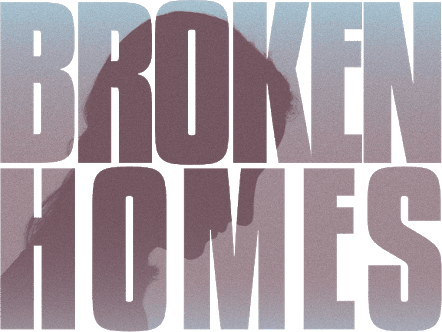Quantification of Neglect

There is a sharp difference between abuse and neglect, even though both terms are often used interchangeably when dealing with child welfare officials. The main problem I have with the definition is in its ambiguity and lack of a generally accepted term.
Abuse is a lot easier to understand and quantify from an action/solution perspective. It involves the subjectification of a child to things that physical harm or damage, often affecting the physical well-being of the child. Physical and sexual abuse are unfortunately the most common abuse we know. It is safe to say that any child being subjected to such by their guardian does indeed require an intervention from such guardians (although I still disagree in the details).
Neglect on the other hand encompasses a broader meaning that talks about failure to meet a child's needs. Not only is that term too vague, it is also subject to interpretations based on perspective. You see, perceived neglect does not have to be intentional, unlike abuse. Any parent could easily be subject to an investigation based on the perceptions of a third party. A child could be taken away despite all the love and care in the World as long as it doesn't suit somebody's standards.
Things like financial status, personal history, family history and even race can heighten perceived neglect of a child. As long as the definition of neglect remains open ended, a lot more innocent parents would be implicated on the flimsiest of perceptions.